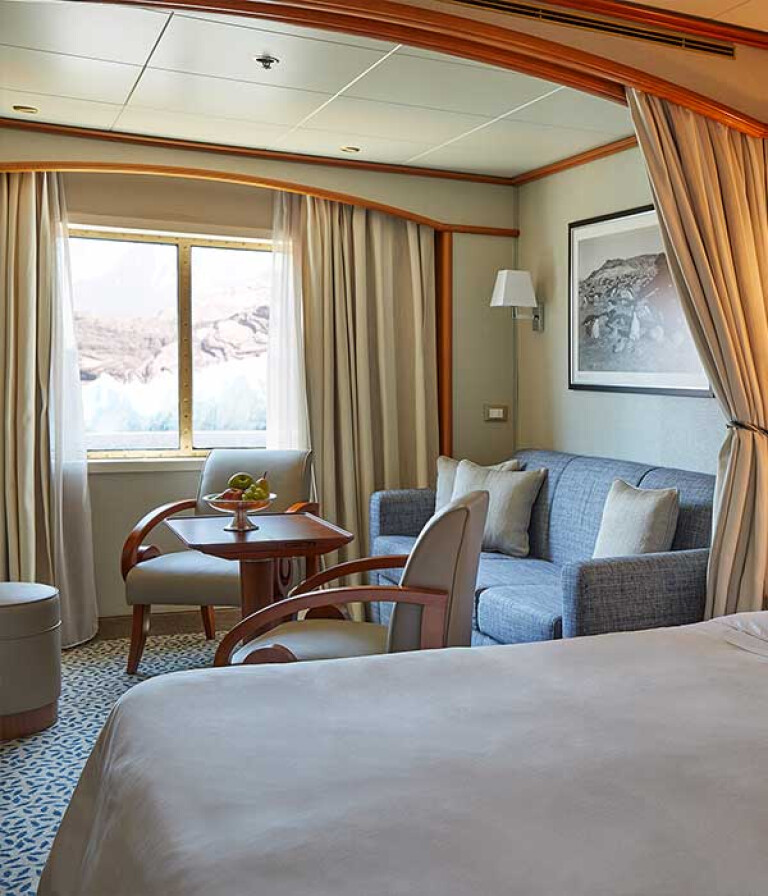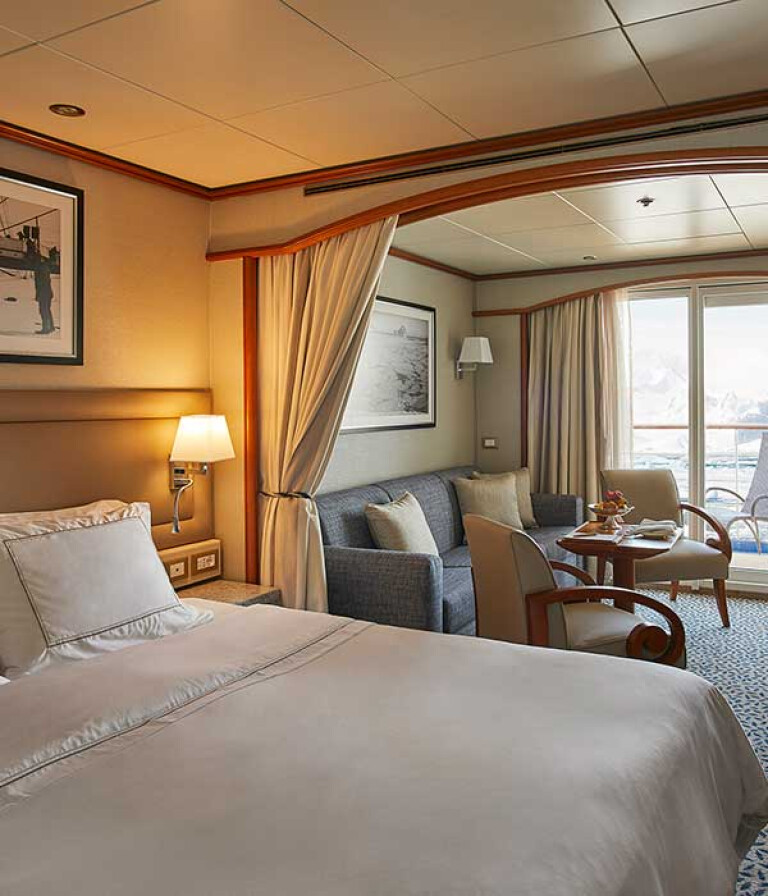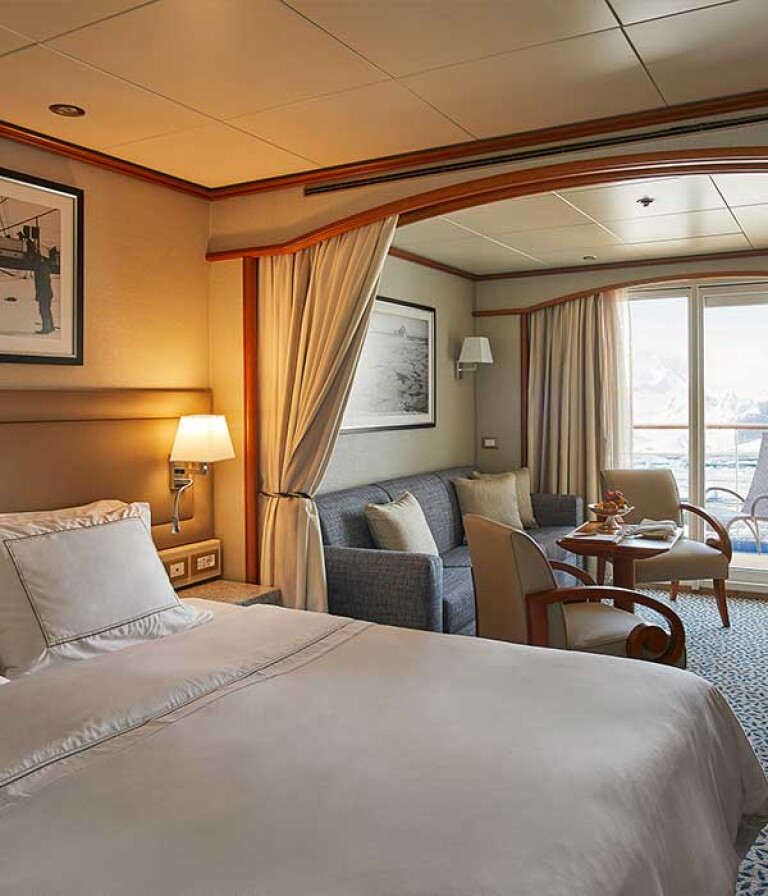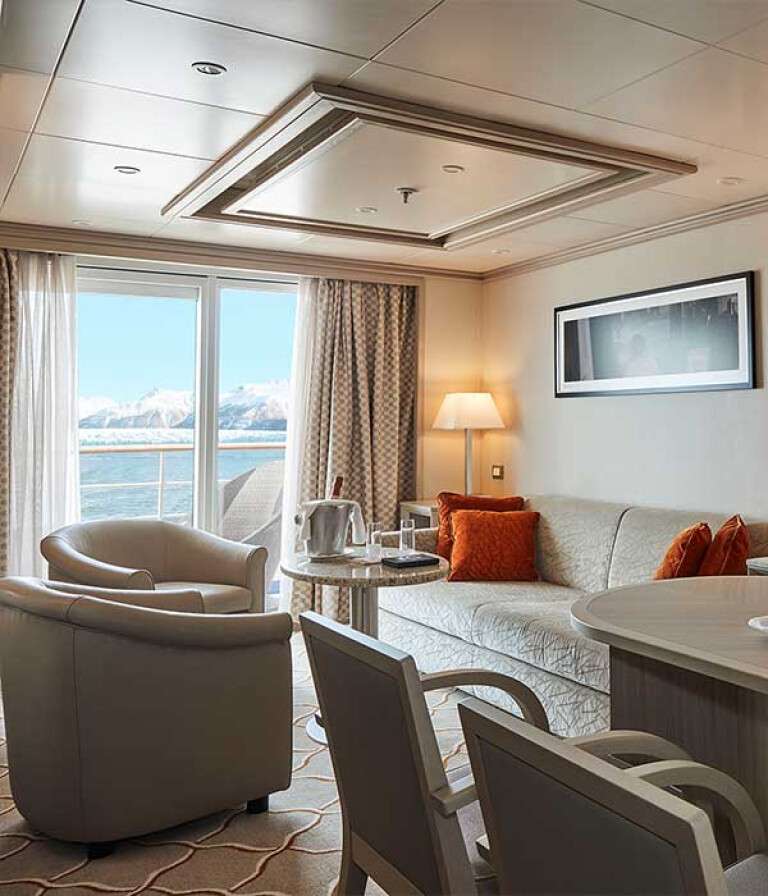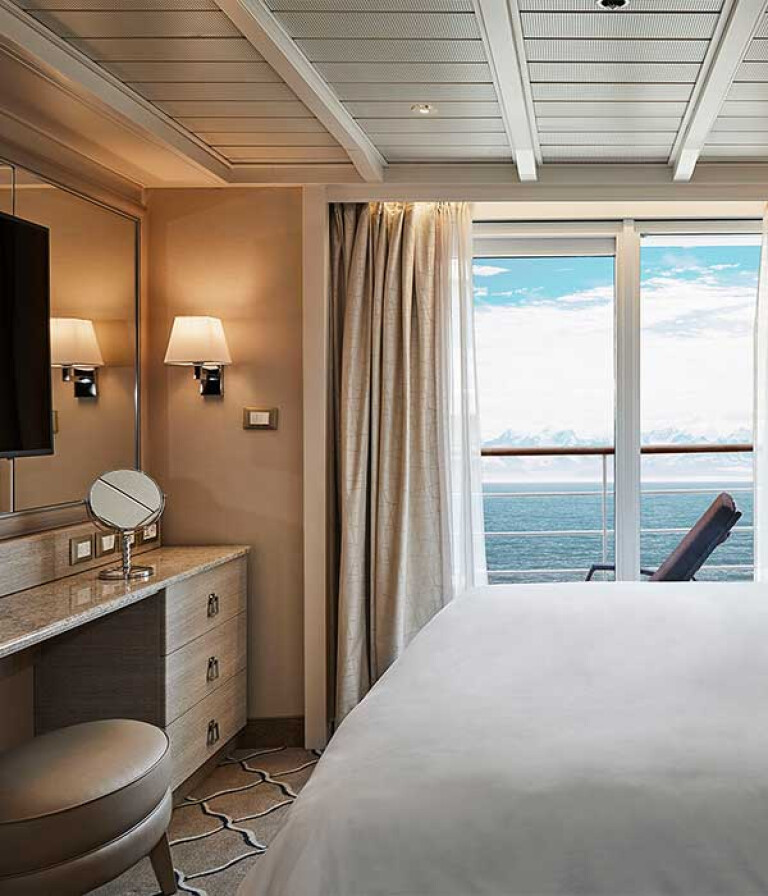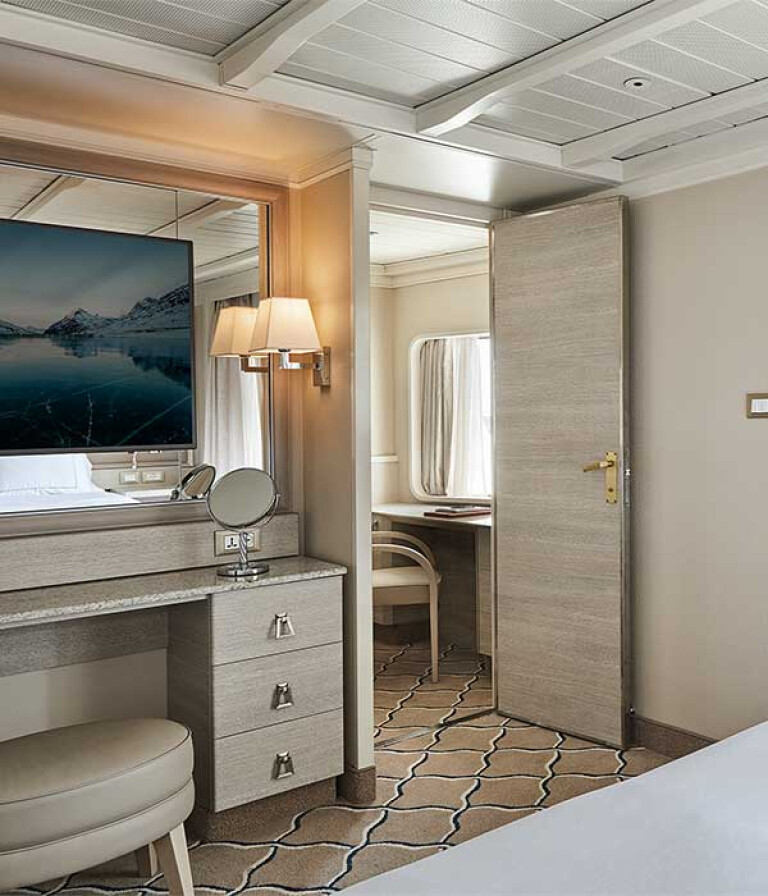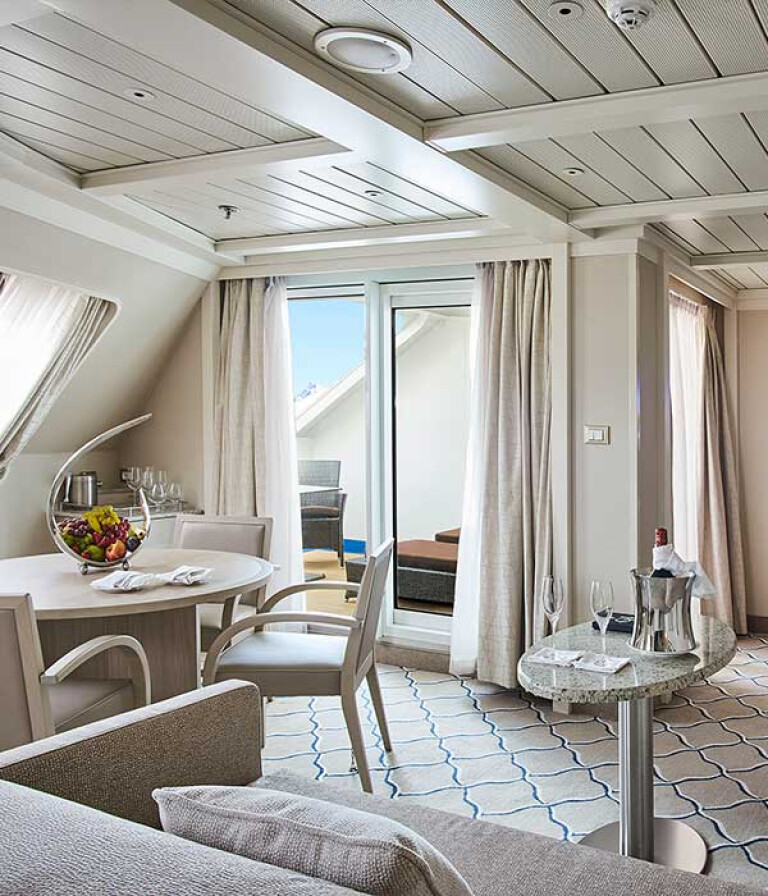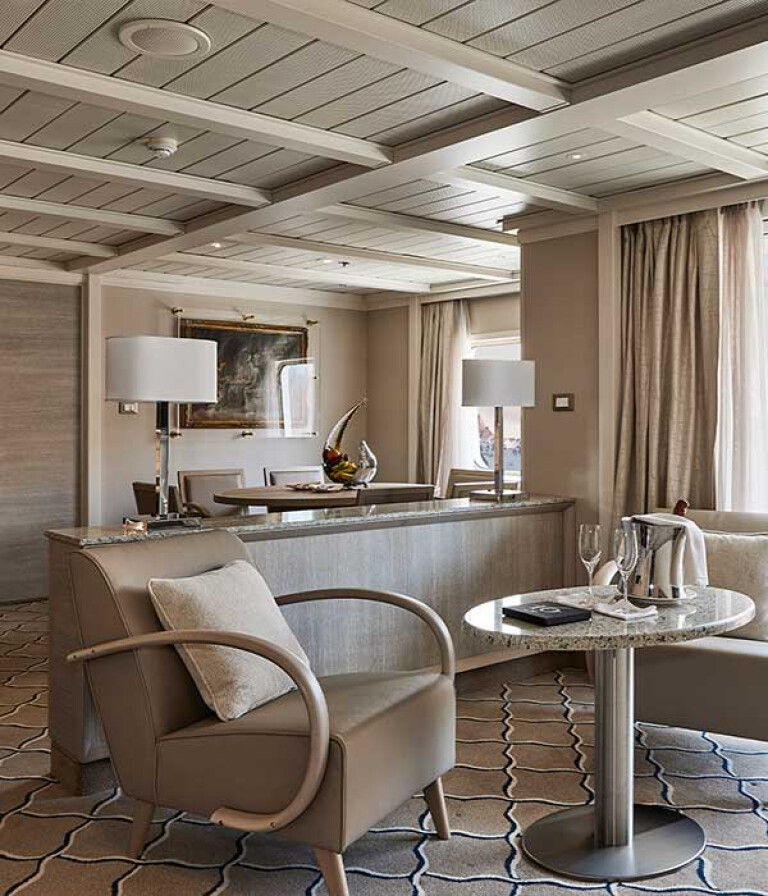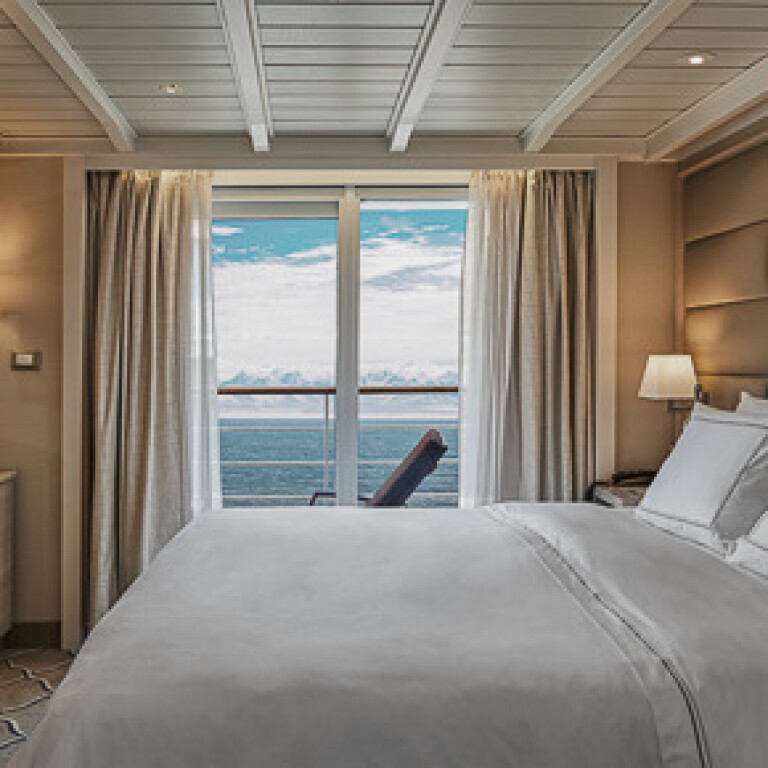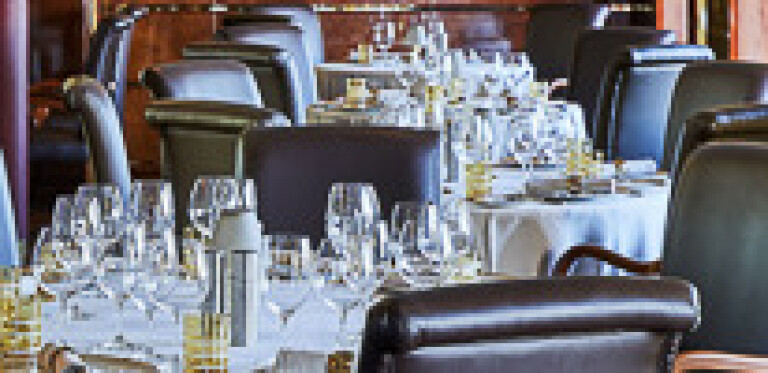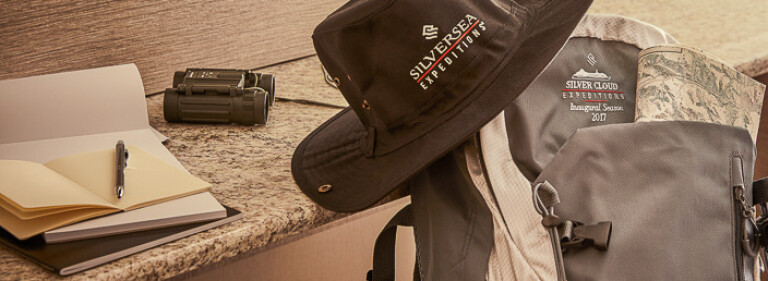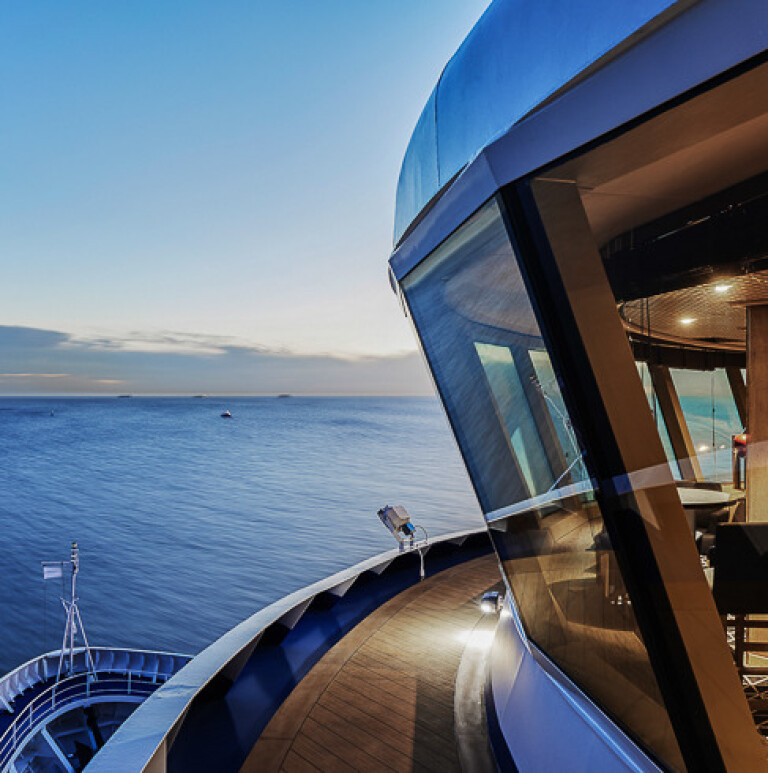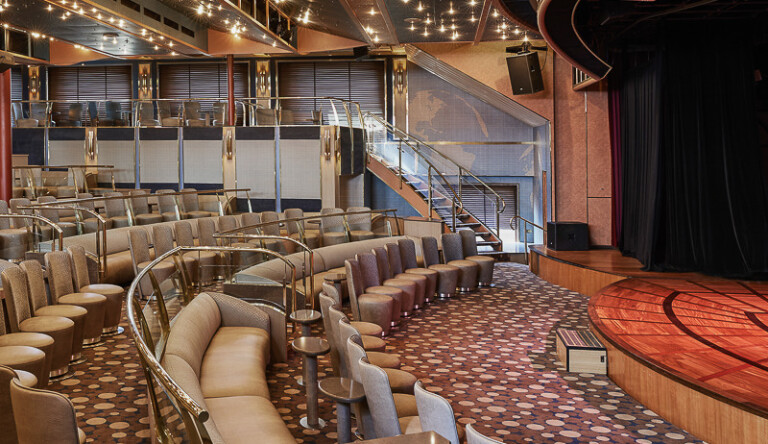Funktionale Cookies auf dieser Website:
Merkzettel: Das Cookie ermöglicht es einen Merkzettel sitzungsübergreifend dem Benutzer zur Verfügung zu stellen. Damit bleibt der Merkzettel auch über mehrere Browsersitzungen hinweg bestehen.
Besuchte Reisen: Das Cookie ermöglicht es bereits besuchten Reisen sitzungsübergreifend dem Benutzer zur Verfügung zu stellen. Damit bleiben zuletzt besuchte Reisen auch über mehrere Browsersitzungen hinweg bestehen.
Popup: Das Cookie ermöglicht es die Popup-Einstellungen sitzungsübergreifend dem Benutzer zur Verfügung zu stellen. Wird ein Popup angezeigt / geschlossen bleibt diese Einstellung über mehrere Browsersitzungen hinweg bestehen.
Cookie Einstellungen: Das Cookie wird verwendet um die Cookie Einstellungen des Seitenbenutzers über mehrere Browsersitzungen zu speichern.
Chat: LiveChat ist ein Online-Chat, bei der Seitenbenutzern in Echtzeit über das Internet mit einem Unternehmen interagieren können. LiveChat ermöglicht es Seitenbenutzern mit dem Service Team von Eisexpeditionen.de in Kontakt zu treten. Wie LiveChat personenbezogenen Daten verwendet erfahren Sie unserer Datenschutzerklärung genauso wie beim Anbieter selbst.
Google Tag Manager: Wir verwenden auf unserer Website den Google Tag Manager, ein Tool von Google, das uns die Einbindung und Verwaltung verschiedener Tags über eine zentrale Schnittstelle ermöglicht und diese in unserem Webauftritt einbindet (z.B. Website-Analyseprodukte).
